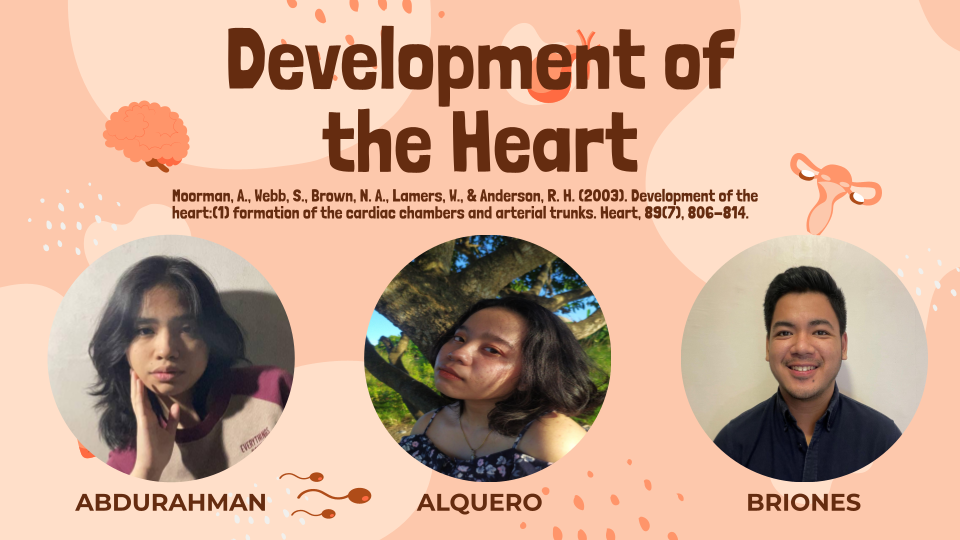Greetings Professor!
Thank you for your kind comments to our report. In regards to your first question, this is the answer for that.
Teratogens are defined as substances that may induce functional or physical defects in the human embryo during development when the pregnant woman is exposed to the substance (Tantibanchachai, 2014). According to Mahler and Butcher (2011), nongenetic causes of congenital heart diseases include "maternal illnesses, therapeutic and nontherapeutic drug exposures, dietary behaviors, and maternal contact with occupational and environmental chemicals", among others.
Some of the chemicals and its known defects on the heart are as follows:
a. Exposure to organic solvents cause atrioventricular and ventricular septal defects,
b. Ibuprofen causes dextro-looped transposition of the great arteries, ventricular septal defects, and bicuspid aortic valve
c. Marijuana causes ventricular septal defects, and Ebstein's anomaly.
Another study by Wan et al. (2021), specifically investigated the toxicity of Cyclosporine A (CsA), an immunosuppressant used after organ transfers, during cardiac development in Zebrafish. Their results showed that CsA treatment led to the disruption of the expression of GATA4 (promotes differentiation of embryonic stem cells into the heart), and NKx2.5 (which regulates cardiac tube elongation and affects the ventricular and atrial cells) and upregulation of p53 and mdm2 (apoptotic gene bax).
The full list of CDH-inducing teratogens can be found in Mahler and Butcher (2011).
References:
Maher, G.J. & Butcher, J.T. (2011). Cardiac developmental toxicity. Birth Defects Res C Embryo Today. 93(4), 291-297. doi:10.1002/bdrc.20219.
Tatibanchachai, C. (2014, January 22). Teratogens. https://embryo.asu.edu/pages/teratogens
Wan, M., Huang, L., Liu, J., Liu, F., Chen, G., Ni, H., Xiong, G., Liao, X., Lu, H., Xiao, J., Tao, Q., and Cao, Z. (2021). Cyclosporine A induces cardiac developmental toxicity in Zebrafish by up-regulation of Wnt signaling and oxidative stress. Front. Pharmacol. 12:747991. doi: 10.3389/fphar.2021.747991
